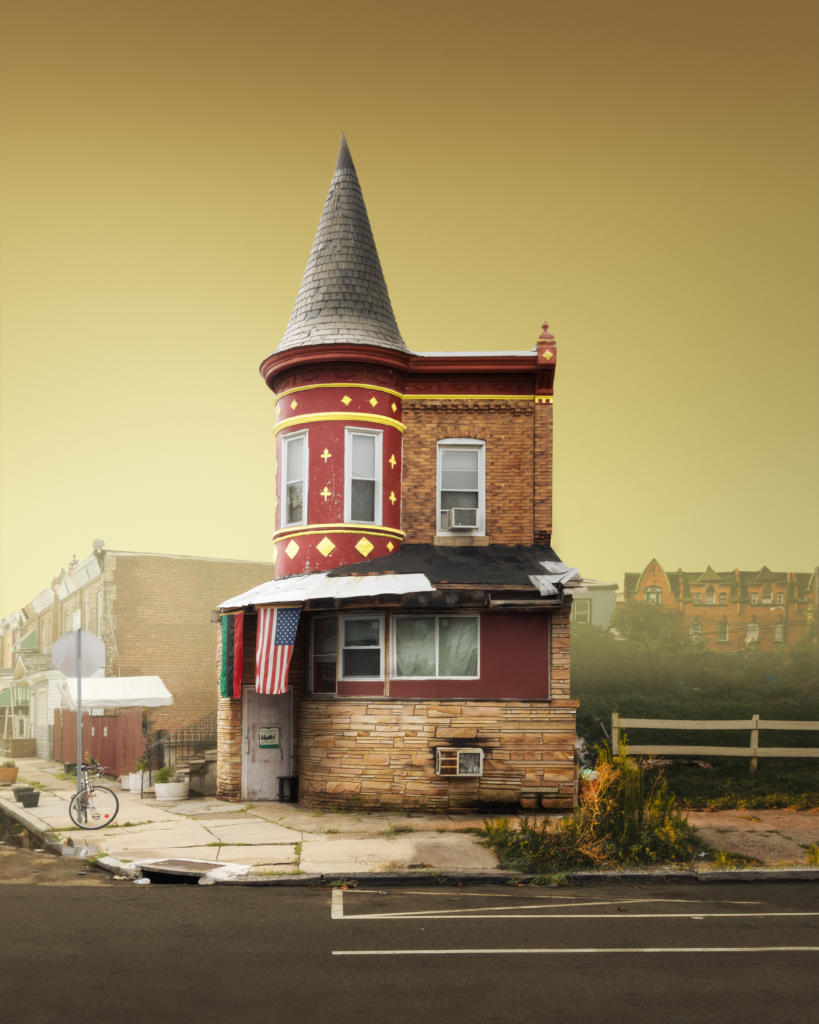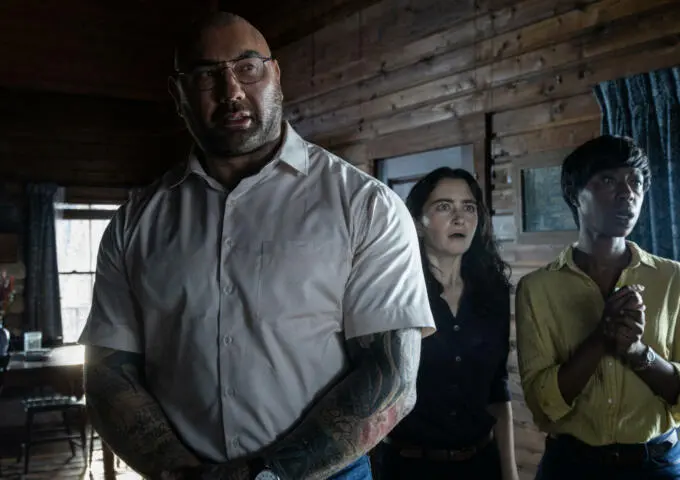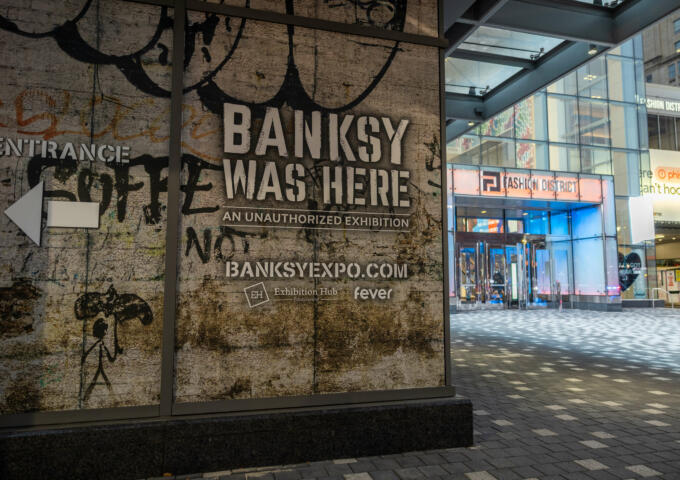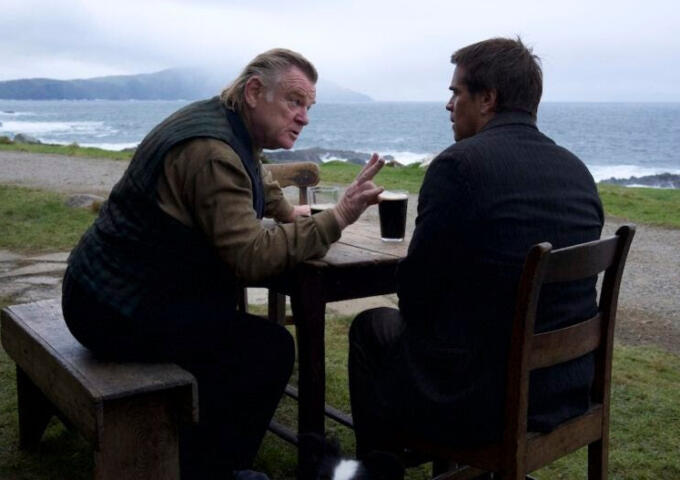A growing circle of artists in Philadelphia have found a niche in a new genre of digital art that is part speculator craze, part collector bonanza, and part community-building: non-fungible tokens.
A non-fungible token (NFT) is sort of like cryptocurrency with a picture attached. The image can be downloaded by anyone, but the original is a digital asset tied to a blockchain (basically a digital ledger) that marks it as authentic. NFTs are hosted on blockchains tied to cryptocurrencies such as ethereum. The blockchain authenticates the original image, allowing ownership to be traced and verified.
NFTs matter for digital art because they create a market that wasn’t there before. Artists can now sell digital images and fans can buy them to support the artist. Previously, digital artists had to sell physical prints or find some other form of creative work.
Buyers can also speculate: Some try to flip NFTs on the secondary market. This practice helps artists, too: Secondary sales generate royalty fees for the original artist, so if an artwork gains in value, the artist gets a check.
Some collectors have flocked to NFTs, seeing them as the new frontier of art collecting. Other buyers simply want to support digital artists they admire, like fans do for musicians and writers on Patreon or Substack.
Whether for prestige, patronage, or profit, the COVID-19 plague era gave NFTs a chance to take off. Many people had some extra spending money, were homebound, or had time to work on new projects.
For Chris Hytha, a 24-year-old Drexel University architecture graduate, NFTs have become a viable income stream. Hytha’s “Rowhomes” project is a series of 100 images of rowhomes from Philadelphia, mostly neighborhoods in West and North Philly. In his art, each house stands alone with a flat background to avoid distractions. The viewer’s attention gets drawn to the architectural details, shaped by the influences of time, nature, and human hand.
“I like to think of it as a science experiment isolating variables,” Hytha said. “So I keep the composition constant, I keep the subject matter of the rowhomes consistent, and the general representation of that, so the variable I’m allowing to fluctuate is the character of the homes.”
“The person that built it really cared,” he said. As the buildings changed owners, so would the houses. “It becomes this really weird collage of time, you can see the change from the original to what they are now…I wanted to exaggerate character – not exaggerate the character, but present the character of the individual homes as best as possible.
“These houses tell a story and I’m just letting them tell their story, you know?”

So far, he’s created 65 images. Hytha will find houses on Google Street View, bike to them, and create an image. “I feel like some hoarder of architectural character,” he said, roaming the city for what stands out.
He’s found a market – a big one. “A good friend of mine bought one of the rowhomes I made for around $500, $600, and he sold it for $50,000,” Hytha said.
The traded volume of his rowhome NFTs, which include secondary sales, has reached 120 ethereum – almost $360,000.
A handful of platforms have emerged where NFTs get put up for auction. Hytha lists his on OpenSea, and others such as Foundation, MakersPlace, and SuperRare are popular.
Aaron Ricketts, a photographer and visual artist in Philadelphia, has also found some success. “I jumped into [NFTs] in March this year,” he said. “It’s been a pretty wild ride so far, just because the space itself is still fresh, and it’s still new.”
Ricketts’ artwork is more surreal and conceptual, with the unexpected happening in mundane spaces and compositions breaking the laws of physics.
“Ice Block” has Ricketts holding a large block of ice, his tongue stuck to it and stretched half the length of his body. In “Hats Off,” a well-dressed headless body stands in front of a glass skyscraper, hat floating above, hands held in front, as if the headless figure stares at them in wonder. “Rough Patch” shows two arms reaching upward, trapped in a cactus grove.
“I think I’ve gotten to a point where I have some bit of notoriety in the NFT space….it’s a continuous build and just working toward continuing to do what I do and networking, continuing to create,” Ricketts said.
He’s sold one piece for around $5,000 and his collection of NFTs have fetched a trading volume of 8.7 ethereum on OpenSea, about $26,000.
For Hytha and Ricketts, more success in the NFT world has goosed their sales of physical prints, too.
When Ricketts sold a limited-edition print that had an equivalent NFT, a buyer chose the print without the NFT for $1,500.
“That’s the first time I’ve ever sold a physical print in the thousands,” Ricketts said. “I believe that NFT has the capabilities to provide longevity for itself and the artist. But it also, as the popularity of these things increase, it also can translate into more sales in the physical realm as well.”
Young artists can build a reputation online, giving them some seed money for future artistic projects and a demand for their physical art. They also get some space to work on something new. “I feel as though I’m continuing my practice as an artist…as you continue your practice, you have the chance to experiment with new things,” Ricketts said.
The NFT artist scene in Philadelphia is still small. Hytha said he only knows a few others. “I’m still not even sure how many people are actually involved in the NFT space in Philadelphia,” Ricketts said. “There might be a chance down the line for all of us to come together and see how that expands within the city.”
The center of NFT activity is the internet, whether artists are from Philly or Germany or Indonesia. It’s not limited to artists, either. “I’ve never seen this bond between collector and artist,” said Chikai Ohazama, the creator of Superniftyfan, a website that makes it easier to find NFT projects and serves as a hub for fans and collectors. “You can have a much deeper conversation on art with the artist.”
That openness motivated some collectors to get more involved. “Initially it was the art that pulled me in,” Ohazama said. “But then the people and the community and the artists and everybody in it was just – I had never been part of a community like that before.”
The strong bonds in the NFT community have made the art viable for so many artists. It expanded the market. “Your market now is the entire world,” Ohazama said, “[not] just your local gallery on hand.”
Ohazama declined to say how much he’s spent on NFTs, only saying “It’s way more than I thought I would spend.”
It’s too early to tell whether that’s money well-spent. It’s unclear how much of the NFT market is driven by fans supporting artists and serious collectors, or how many buyers are speculators. NFTs could serve as a community to support independent artists, giving them the financial support to develop their art and future projects. Or speculators could drive a boom-and-bust cycle, as cryptocurrency has occasionally done.
At the University of Pennsylvania, there’s some action to develop the business side of NFTs. The Stevens Center for Innovation in Finance has launched a Cypher Accelerator to find and develop some of the best startups in the crypto space, said Sarah Hammer, managing director of the Center, which is also open to NFT-focused projects.
“I think that we’re at an interesting intersection of both having the artistic and digital talent, as well as the business acumen and know-how to create a powerhouse of NFT production,” said Rishin Sharma, accelerator manager at the Center. The art students can create it, and the business students can sell it.
The unique ability of NFTs to create a new market for art that didn’t previously exist, and its capacity to create an artistic community outside of any established institution, could make a long-term difference. Who needs art school or contracts with national brands when you have 1,000 financial supporters from around the world?
If NFTs do fizzle out, they’ve at least burned bright for some artists. It may be enough for a firm foundation, either artistically or literally.
“The dream would be to buy one of the rowhomes in the series and fix [it] up,” Hytha said, reflecting on his “Rowhomes” series. “That would be incredible. It’d be like full circle for the project.”





